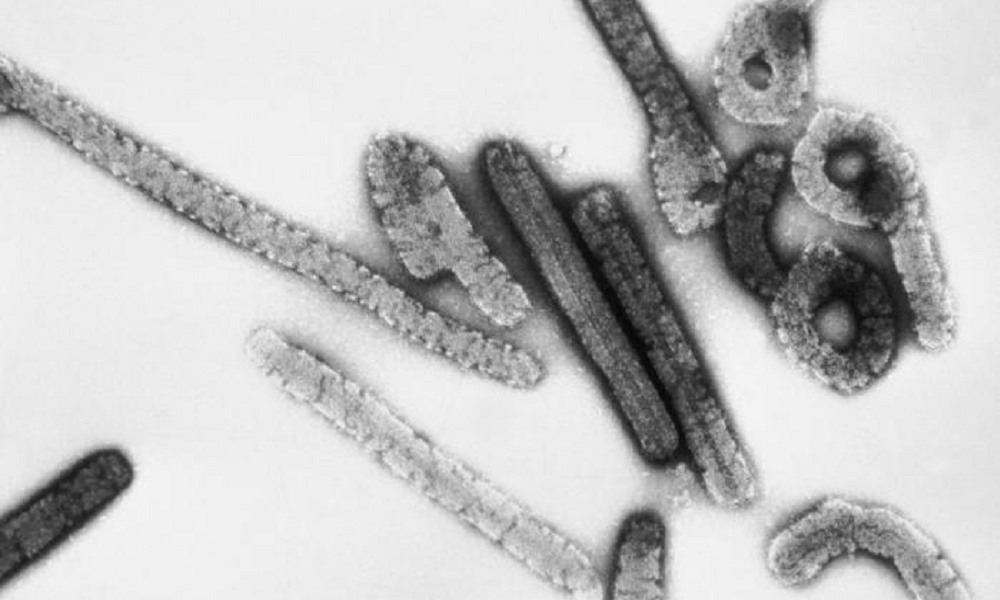Reviews
Ipamorelin: A Peptide with Diverse Research Potential

Peptides have become a focal point in contemporary scientific research due to their multifaceted implications and potential impacts on biological systems. Among these, Ipamorelin has garnered attention for its distinct properties and possible utility across various scientific domains. This synthetic pentapeptide, a selective growth hormone secretagogue (GHS), is noted for its unique mechanism of action.
Studies suggest that it might offer intriguing research opportunities in areas such as metabolism, tissue regeneration, and cellular aging. This article delves into the peptide’s speculative impacts on physiological processes. It explores potential research implications that might deepen the understanding of how peptides like Ipamorelin might influence different biological pathways.
Ipamorelin Peptide: Mechanism of Action
Ipamorelin is a growth hormone-releasing peptide (GHRP), but unlike other compounds in this category, it is believed to operate with notable selectivity. Studies suggest that this peptide might bind to the ghrelin receptor (GHSR-1a), a G-protein-coupled receptor hypothesized to stimulate the release of growth hormone (GH) from the anterior pituitary. Its mode of action is distinct because it is thought to prompt GH release without significantly increasing other hormones, such as cortisol or prolactin, which are often affected by similar peptides.
Ipamorelin Peptide: Metabolism
Research has hypothesized that growth hormone plays a pivotal role in regulating metabolism, particularly in energy homeostasis, lipolysis, and glucose metabolism. Ipamorelin’s potential to selectively stimulate GH release opens the door to speculative research into its impacts on metabolic functions. For instance, investigations into how Ipamorelin may influence fat utilization and energy expenditure might prove fruitful. It has been proposed that by inducing GH secretion, Ipamorelin may contribute to better-supported lipid breakdown and fat oxidation, which are essential components of metabolic integrity.
Ipamorelin Peptide: Tissue Research
The regenerative properties of growth hormone are well-documented, particularly in relation to tissue repair and muscle cell recovery. Ipamorelin’s potential to stimulate GH release has led to speculation about its possible utility in research focused on tissue regeneration. Growth hormone may play an essential role in promoting cell proliferation and differentiation, processes integral to tissue healing and repair. Therefore, Ipamorelin has been hypothesized to serve as a tool of interest for researchers investigating how supported GH release may contribute to wound healing, muscle cell repair, and even tissue engineering.
Future studies may investigate how Ipamorelin-induced GH secretion might influence the repair of skeletal muscle cells, tendons, ligaments, and possibly even cartilage. Since GH is theorized to support protein synthesis and facilitate cellular regeneration, Ipamorelin’s potential impacts on muscular tissue recovery after injury or during prolonged periods of disuse might offer valuable insights. This line of research might have implications for both physical performance recovery and interventions aimed at accelerating tissue healing.
Ipamorelin Peptide: Cellular Aging
Cellular aging remains a key focus of biological research, with interest growing in understanding how peptides like Ipamorelin might influence age-related processes. The gradual decline in GH levels is one of the many hallmarks of cellular aging. Ipamorelin’s potential to stimulate GH secretion offers speculative avenues for research into its possible anti-aging properties.
The potential impact of Ipamorelin on cellular aging might be investigated through its possible influence on GH-dependent pathways that govern cell repair, immune function, and metabolic stability. GH is thought to contribute to maintaining mass in muscular tissue, reducing fat accumulation, and preserving elasticity in the epidermal layer, processes that often decline over time.
Ipamorelin’s potential to support these processes by stimulating GH release may inform studies aimed at extending the overall length of physiological function — referring to periods spent in good biological function. Researchers might also explore how Ipamorelin might influence age-related diseases, such as sarcopenia (the progressive loss of mass and strength in muscular tissue), and its potential role in promoting muscle maintenance as cells get older.
Ipamorelin Peptide: Cognitive Research
Beyond its alleged impacts on physical tissues, growth hormones have been linked to cognitive function and neuroprotection. Theoretical research suggests that GH may contribute to brain function by promoting neurogenesis, supporting synaptic plasticity, and protecting neurons from degeneration. Ipamorelin’s selective stimulation of GH secretion presents an interesting hypothesis for its implication in neuroprotective research.
Ipamorelin Peptide: Muscle Cell and Bone Research
Growth hormone (GH) is a crucial regulator of both muscle cell and bone cell homeostasis. Research has suggested that GH might support the growth, strength, and endurance of muscular tissue by stimulating protein synthesis and the incorporation of amino acids into its fibers. Investigations purport that Ipamorelin’s selective GH stimulation may be an essential tool in research exploring the regulation of anabolism and catabolism of muscle cells.
Ipamorelin Peptide: Conclusion
Findings imply that Ipamorelin may represent a promising subject for further research due to its selective mechanism of action and its potential impacts on diverse biological systems. The peptide’s potential to stimulate GH release while avoiding significant impacts on other hormonal pathways may be instrumental in understanding and modulating a range of physiological processes. From metabolism and tissue regeneration to anti-aging impact on cellular function and general neuroprotection, Ipamorelin has been theorized to offer significant research opportunities in both basic and applied scientific investigations. Click here to buy Ipamorelin from Core Peptides.
References
[i] Bowers, A. A., & Reitman, M. L. (2019). The role of growth hormone secretagogues in metabolic regulation and tissue repair. Frontiers in Endocrinology, 10, 165. https://doi.org/10.3389/fendo.2019.00165
[ii] Cummings, D. E., & Shannon, M. H. (2019). Ghrelin and the growth hormone axis: A new therapeutic avenue for metabolic diseases. Nature Reviews Endocrinology, 15(1), 45-56. https://doi.org/10.1038/s41574-018-0082-7
[iii] Lipina, C., & Hundal, H. S. (2017). The role of ghrelin in muscle and bone metabolism. Journal of Endocrinology, 233(3), R177-R195. https://doi.org/10.1530/JOE-16-0411
[iv] Tsiotra, P. C., & Koulouri, A. A. (2022). Growth hormone and cognition: Implications for neuroprotection and cognitive decline. Journal of Clinical Medicine, 11(8), 2287. https://doi.org/10.3390/jcm11082287
[v] Yamada, Y., & Toh, Y. (2020). Potential of growth hormone secretagogues in age-related decline: A review. Aging Cell, 19(10), e13257. https://doi.org/10.1111/acel.13257
This is a contributed article, its content does not necessarily represent the views of BNO News.

-

 World3 days ago
World3 days agoEthiopian volcano erupts for first time in thousands of years
-

 Legal1 week ago
Legal1 week agoMichigan man JD Vance sentenced to 2 years for threatening Trump and JD Vance
-

 Legal1 week ago
Legal1 week agoWoman in critical condition after being set on fire on Chicago train
-

 World1 week ago
World1 week agoHurricane Melissa registered 252 mph wind gust, breaking global record
-

 Legal8 hours ago
Legal8 hours agoUtah Amber Alert: Jessika Francisco abducted by sex offender in Ogden
-

 Legal6 days ago
Legal6 days agoSuspect in San Diego stabbing shot by authorities after fleeing into Mexico
-

 Legal1 week ago
Legal1 week ago1 dead, 2 injured in shooting at Dallas Walmart parking lot
-

 Health6 days ago
Health6 days agoMarburg virus outbreak in Ethiopia grows to 6 confirmed cases




